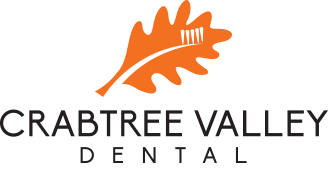What are receding gums?
Gum recession is when the gum tissue surrounding the teeth begins wearing away, exposing more of the tooth or even the tooth’s root. The receding gums create gaps between the teeth and gum line, which can begin to collect bacteria–causing diseases if left untreated. While receding gums aren’t necessarily reversible, they can be treated in order to minimize bacteria collection and further damage.
Do I have receding gums?
Many people don’t notice receding gums right away. It’s important to be aware of the symptoms that could equate to receding gums so you can get a professional to check them out before they cause any further damage. Some symptoms include tooth sensitivity to cold and/or heat, visibly shrinking gums (or teeth appearing longer), bleeding after flossing or brushing, bad breath, or loose teeth.
What causes receding gums?
There are several causes of receding gums. Some may be more infectious, like periodontal disease (bacterial gum infections that destroy gum tissue). Others may be due to physical harm, like aggressive tooth brushing, tobacco usage, or grinding your teeth–to name a few. Genetics and increasing age play a factor in receding gums as well.
Are receding gums harmful?
While they may not necessarily cause harm if caught and treated early, it is extremely important to get your receding gums checked out if you notice any symptoms. Avoiding treatment could increase the risk of tooth decay, tooth loss, bleeding gums, bad breath, or a worsening underlying disease.
How are receding gums treated?
There are multiple ways receding gums can be treated by your dentist. The most common is deep cleaning the area of plaque and tartar build-up to best prevent bacteria collection. This process is also known as tooth scaling or root planing. The plaque is carefully removed from below the root surfaces and the area is smoothed to prevent more bacterial collection. Antibiotics can also be prescribed to treat the remaining bacteria. Some other treatments include removable gum veneers, composite restoration, orthodontics, or surgery in some extreme cases.
Contact us to find a solution that’s best for your smile!

